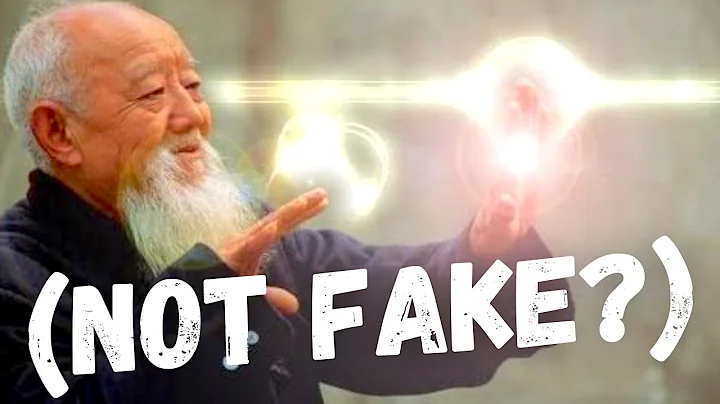weight change is the balanced relationship between calorie intake and calorie consumption. When the calorie intake is higher than the calorie consumption, the weight will increase, otherwise it will decrease, and the balanced weight will remain basically unchanged.

Weight loss mainly depends on the calorie intake lower than the calorie consumption. In general, a 10-20% calorie gap is the most suitable calorie gap for weight loss. Assuming that 1800 kilocalories are consumed every day, 1440-1620 kilocalories need to be consumed during the weight loss period. These calories ingested are equally distributed among the three meals. The calories of the three meals can be distributed according to the ratio of 442, 343 or similar. Choose staple foods with low GI and low GL, root vegetables rich in dietary fiber, meat and soy products. These foods generally account for 35% of carbohydrate calories, about 50% of protein calories, and about 15% of fat calories.
Three meals a day, morning, lunch, and dinner, all have to be eaten. Breakfast is full, lunch is about 80% full, 60 to 70% full, or even half full.

Of the three meals, especially lunch and dinner, because they are not fully fed, people who have a large appetite may feel hungry. This is to eat more vegetables, beans, and soy products. Appropriate increase in meat food to improve satiety, especially eating root vegetables, beans and soy products, is easier to improve satiety, and lower calories.
The calorie intake for dinner accounts for 20-30% of the whole day's calorie intake, up to 35%. If you don’t eat or eat dinner, there will be about 18 hours from lunch to breakfast the next day. The body is hungry. The body will not only break down fat to maintain the body’s demand for calories, but also part of it. Muscles maintain the body’s need for calories. If you don’t eat dinner for a long time, you’re actually on a diet to lose weight. You will lose weight over a period of time, but the weight of muscle loss in the weight loss may be greater than the weight loss of fat. Although some people lose weight, their body shape changes are far less pronounced than their weight changes, which are caused by excessive muscle loss and relatively little fat loss. Even though the changes in weight and body shape are obvious, the muscle mass of will decrease significantly.Even if the weight falls within the normal range, the muscle mass is relatively low.
If you don’t eat dinner for a long time, or the calorie gap is too large, your body will actively reduce your basal metabolism and you will be more likely to encounter weight loss bottlenecks. Once you return to a normal diet, your weight will easily rebound. At this time, your body will accumulate a lot of fat, and your muscles will lose weight. It can only grow in a small amount, not as much as fat. In this case, the ratio of muscle to body weight will further decrease.
During weight loss, don’t pursue too fast weight loss. The faster you lose weight, the faster you will rebound after weight loss, and it is difficult to lose weight after weight rebound.
It’s not okay if you don’t eat dinner. It’s not okay to just drink porridge. Although porridge has lower calories than rice, it is difficult to form a feeling of fullness. If you want to have enough fullness, you must drink more porridge. The calorie intake is actually not low. Moreover, the nutrition is not balanced. The nutrition of porridge is mainly carbohydrate, containing a small amount of protein and fat, and the content of dietary fiber is low. To ensure that the calories of dinner are lower than the other two meals, it is very important to eat less staple food. Congee, especially whole grain porridge is indeed a very good choice, but at the same time, you must eat enough vegetables, beans, soy products and appropriate meat. class. It can not only ensure a balanced nutrition, but also ensure that the calories are low, and it can also form a sufficient sense of fullness.
During weight loss, the order of eating three meals is also very important. Eat fruit before the meal, then drink soup, vegetables, eat meat, and finally eat the staple food. After eating the staple food, try not to eat other things. If you feel hungry, you can drink milk or eat foods that are rich in protein, such as eggs, that are more likely to form a feeling of fullness.

There are many diet methods suitable for weight loss, such as 52 light fasting , low-carb and high-protein diet, and eight-hour fasting. The first two methods must eat three meals normally. The eight-hour diet only limits the eating time to less than 8 hours. If you eat breakfast at 7 AM, you can eat normally before 15 PM to ensure sufficient calorie intake , Fasting from 15 o'clock in the afternoon, naturally can not eat dinner. This time can also be calculated from noon, such as lunch at 12 o'clock, fast after 20 o'clock in the evening, dinner can be eaten normally. The eight-hour fast is completely different from skipping dinner. Even if you fast after 15 o’clock,You can also drink water appropriately to minimize hunger.
In short, choosing a weight loss diet that suits you, coupled with the right exercise, is the best way to lose weight. Don't always think about dieting to lose weight. Dieting to lose weight is a completely wrong way to lose weight.
.










